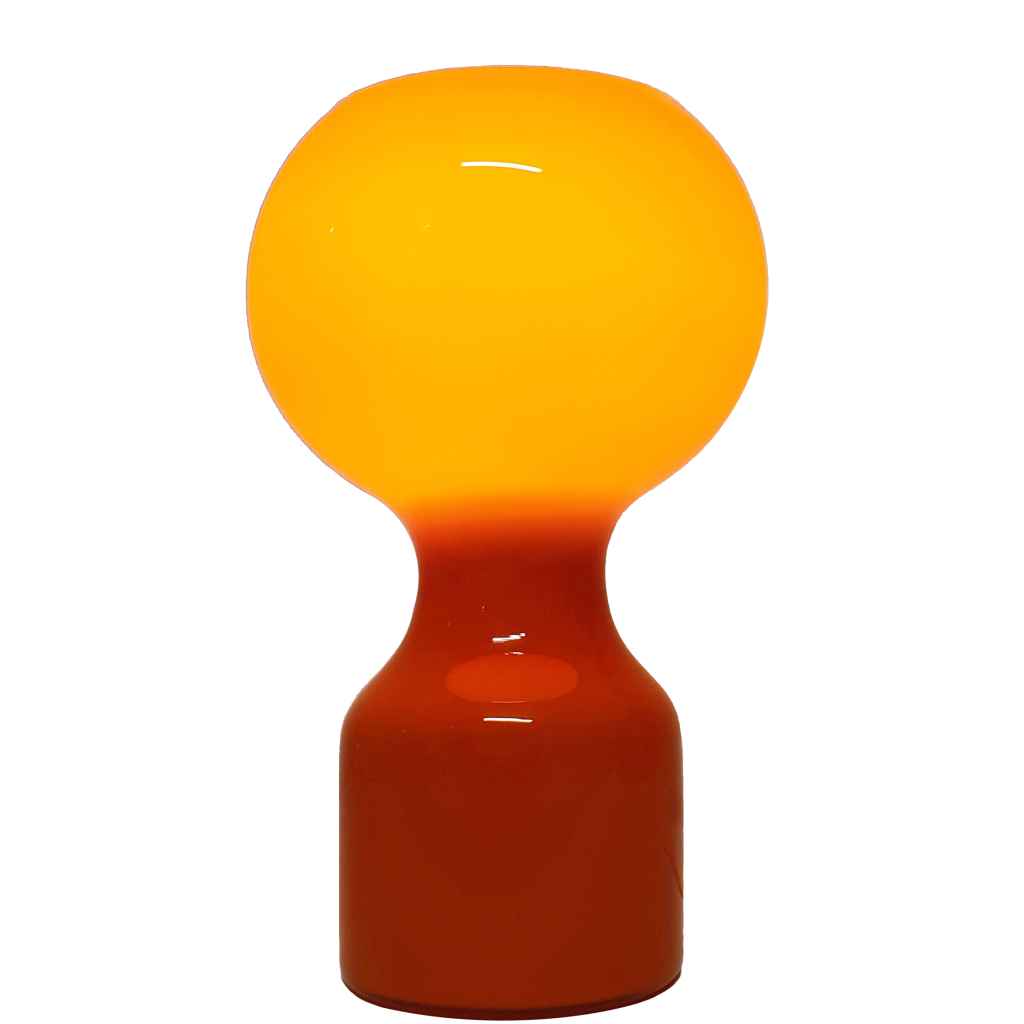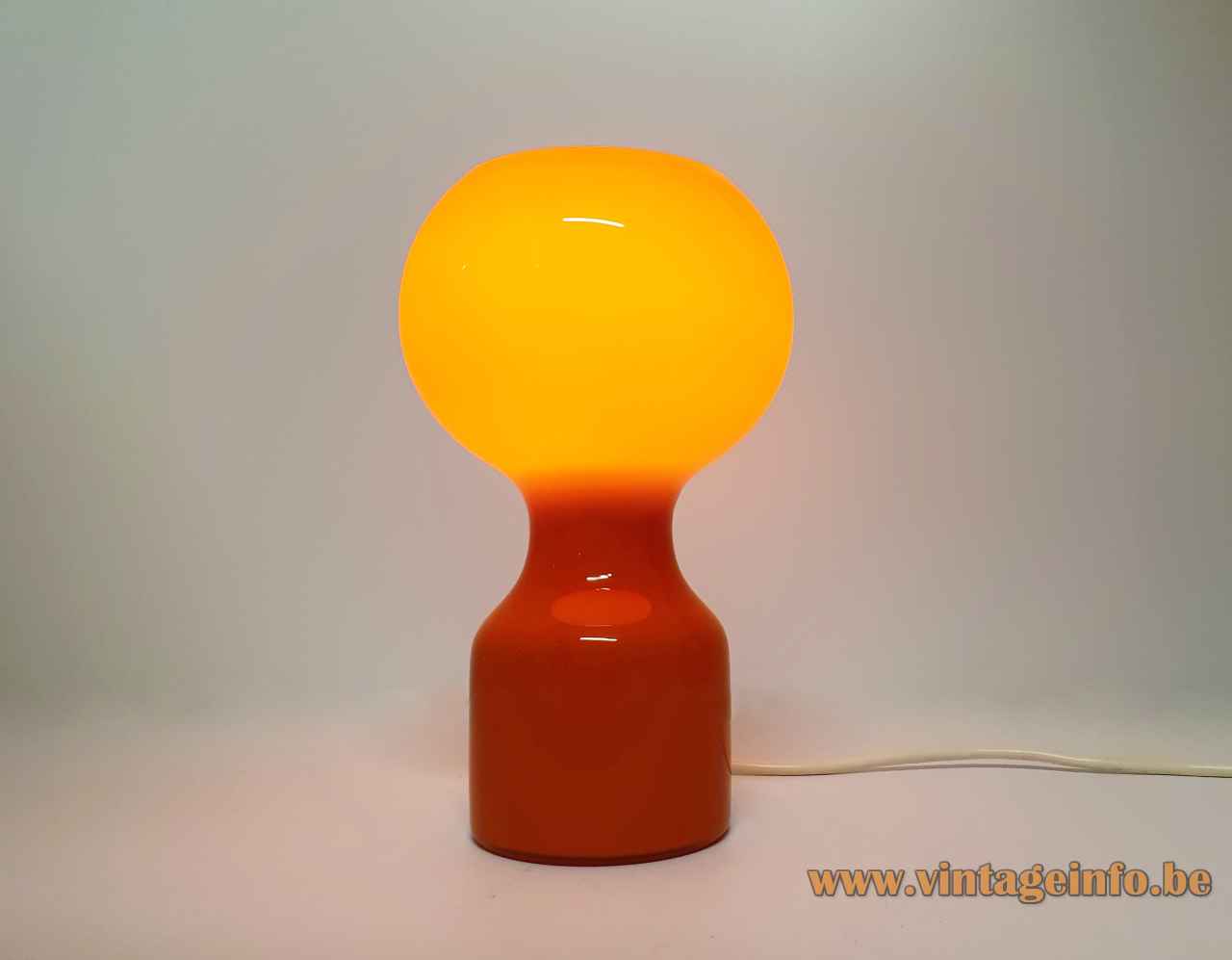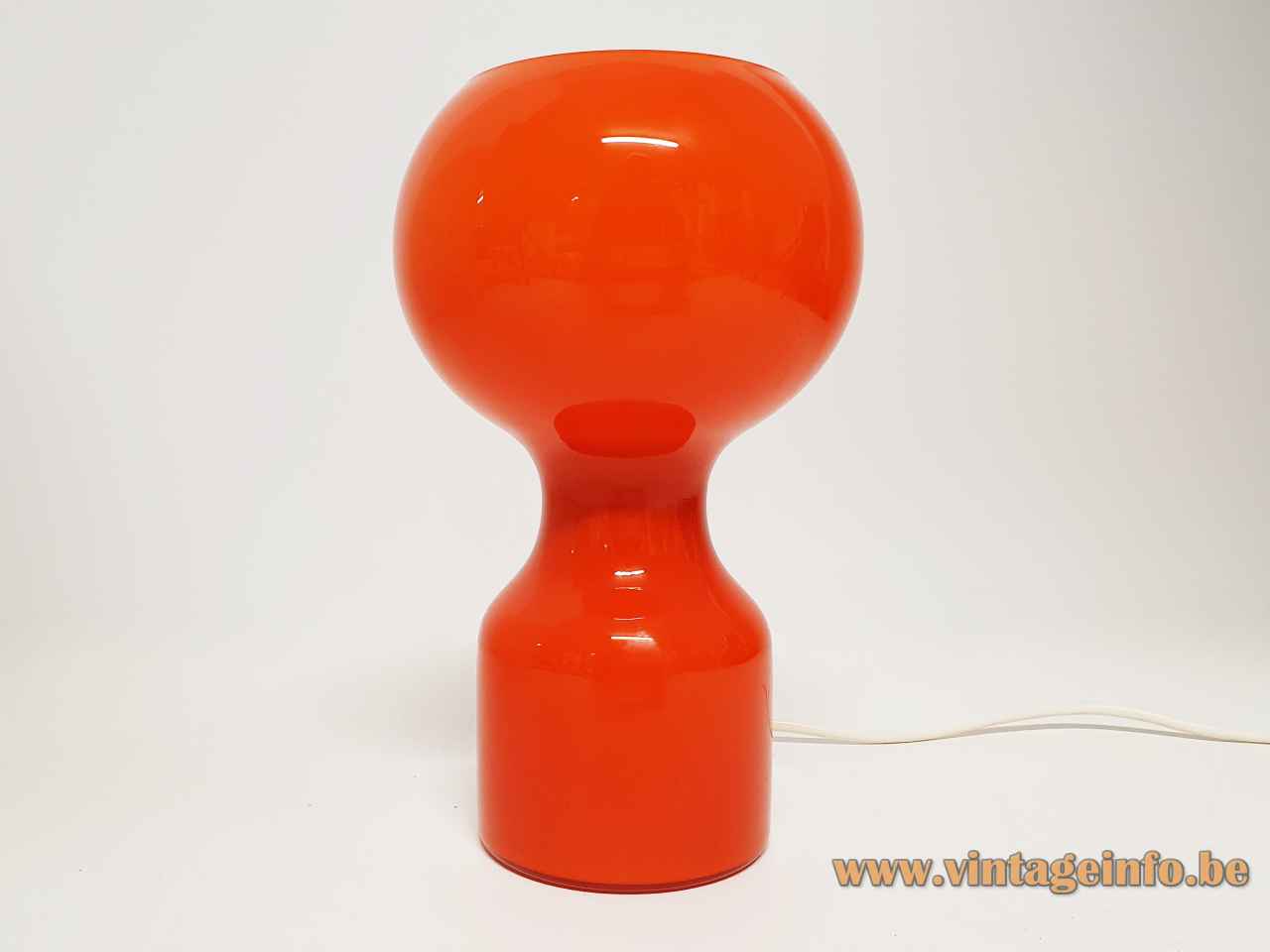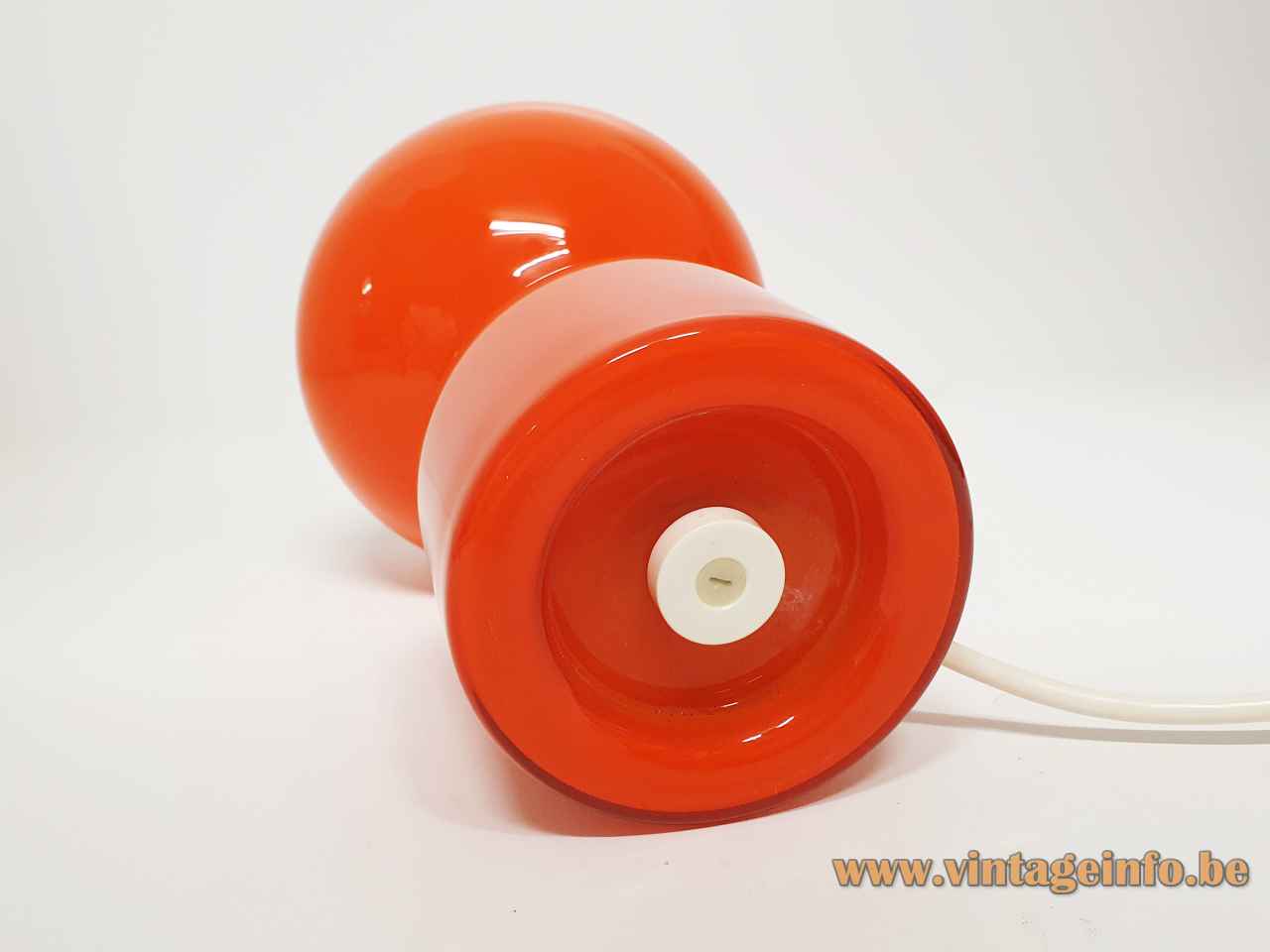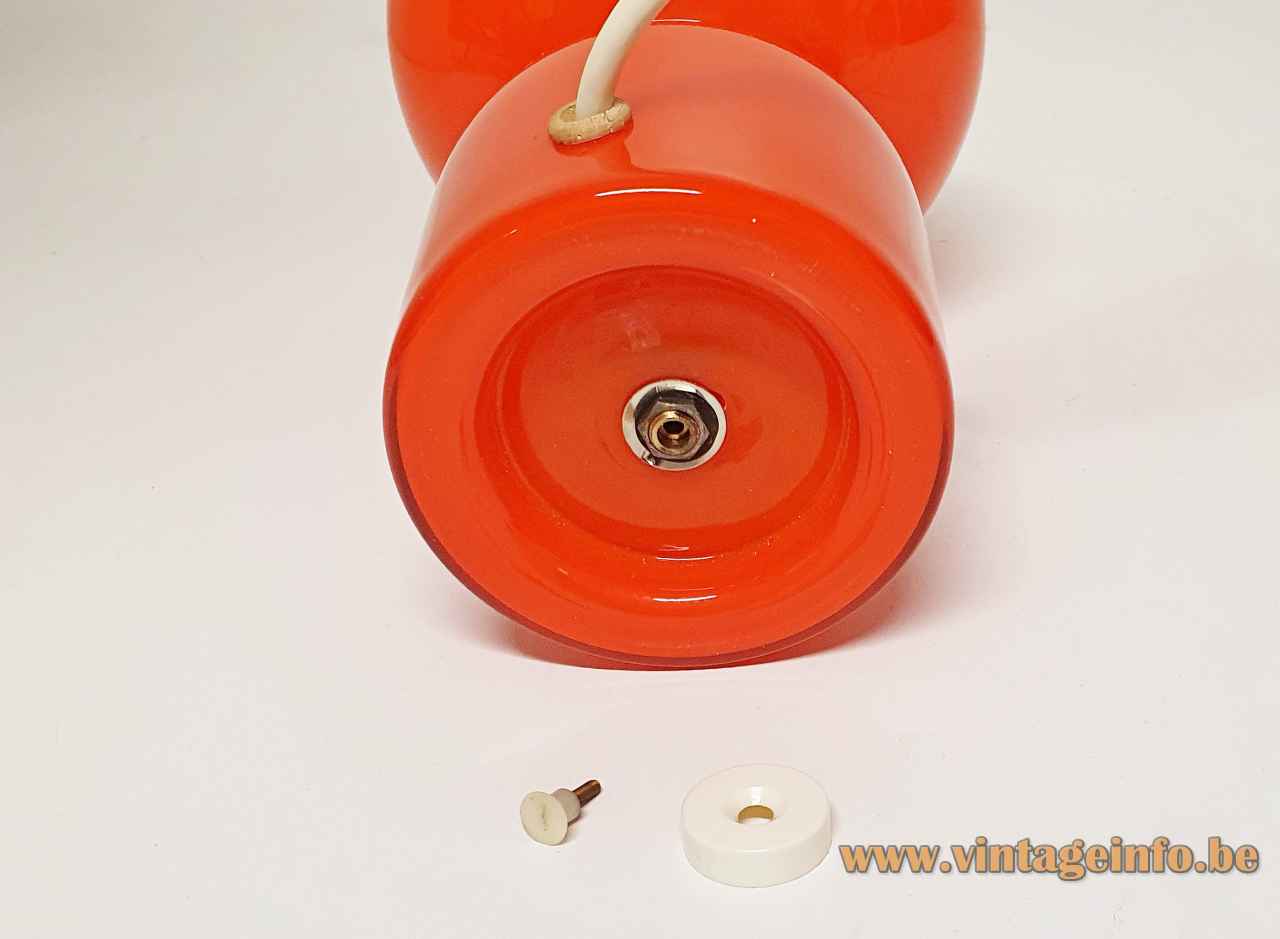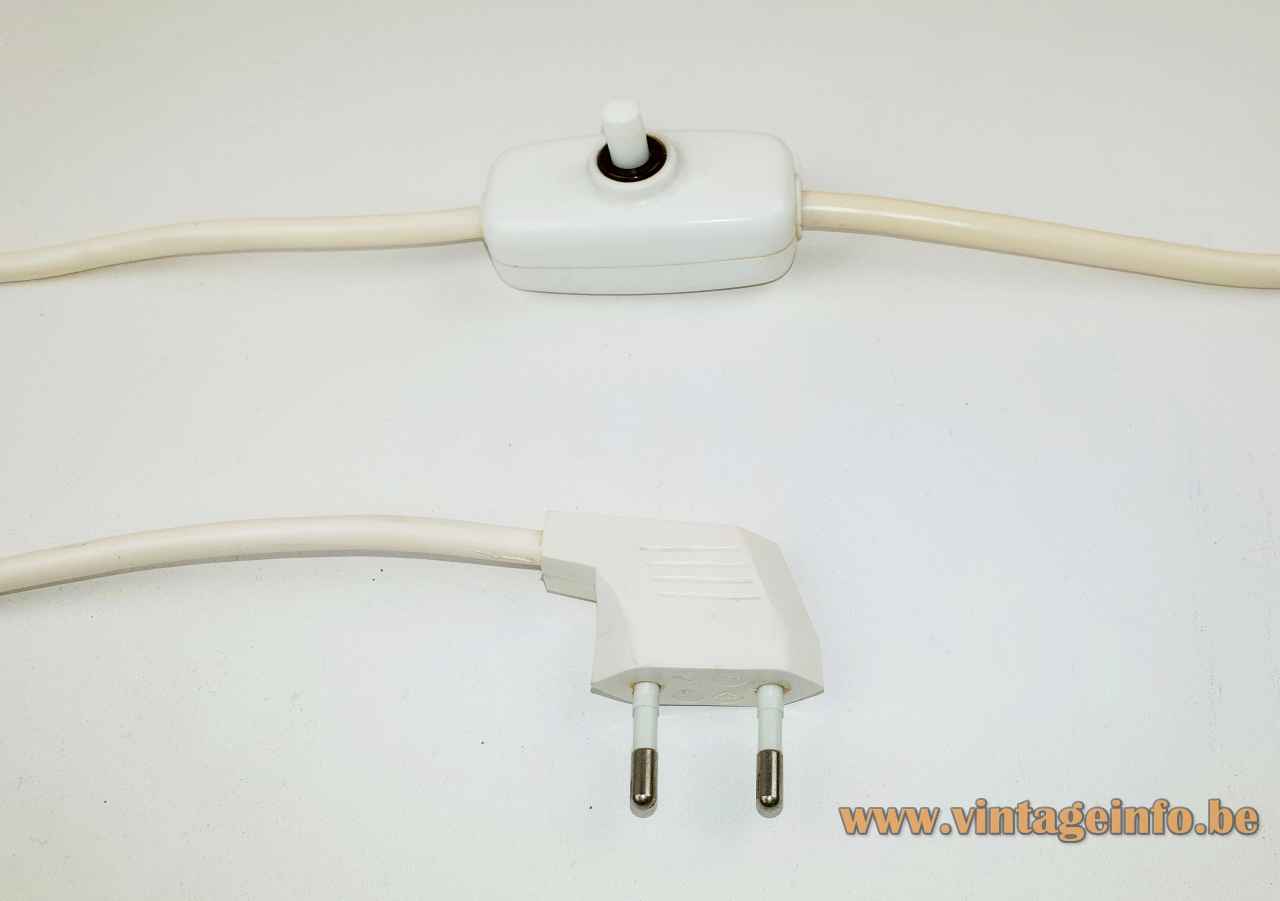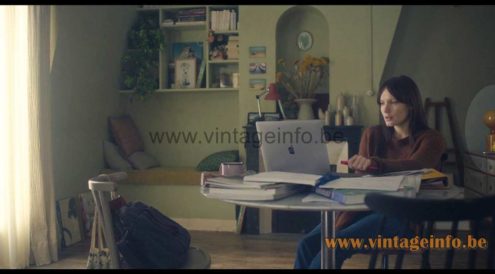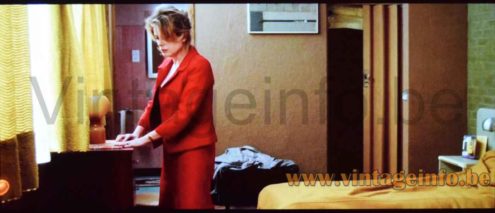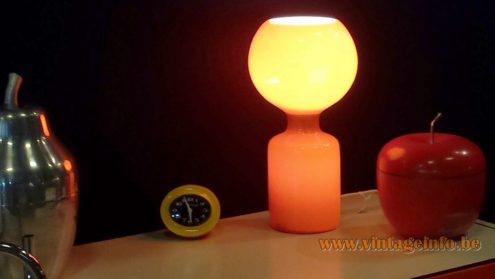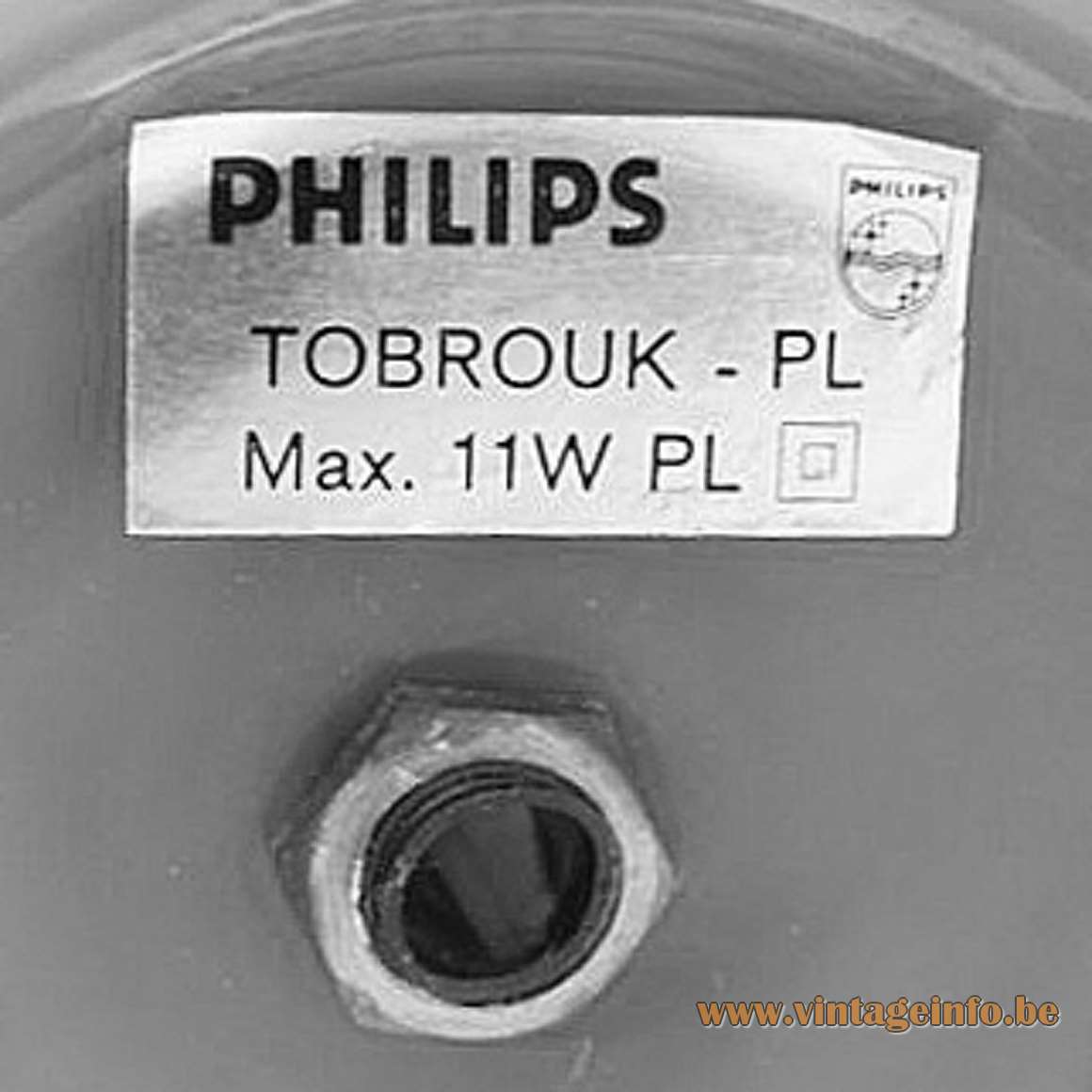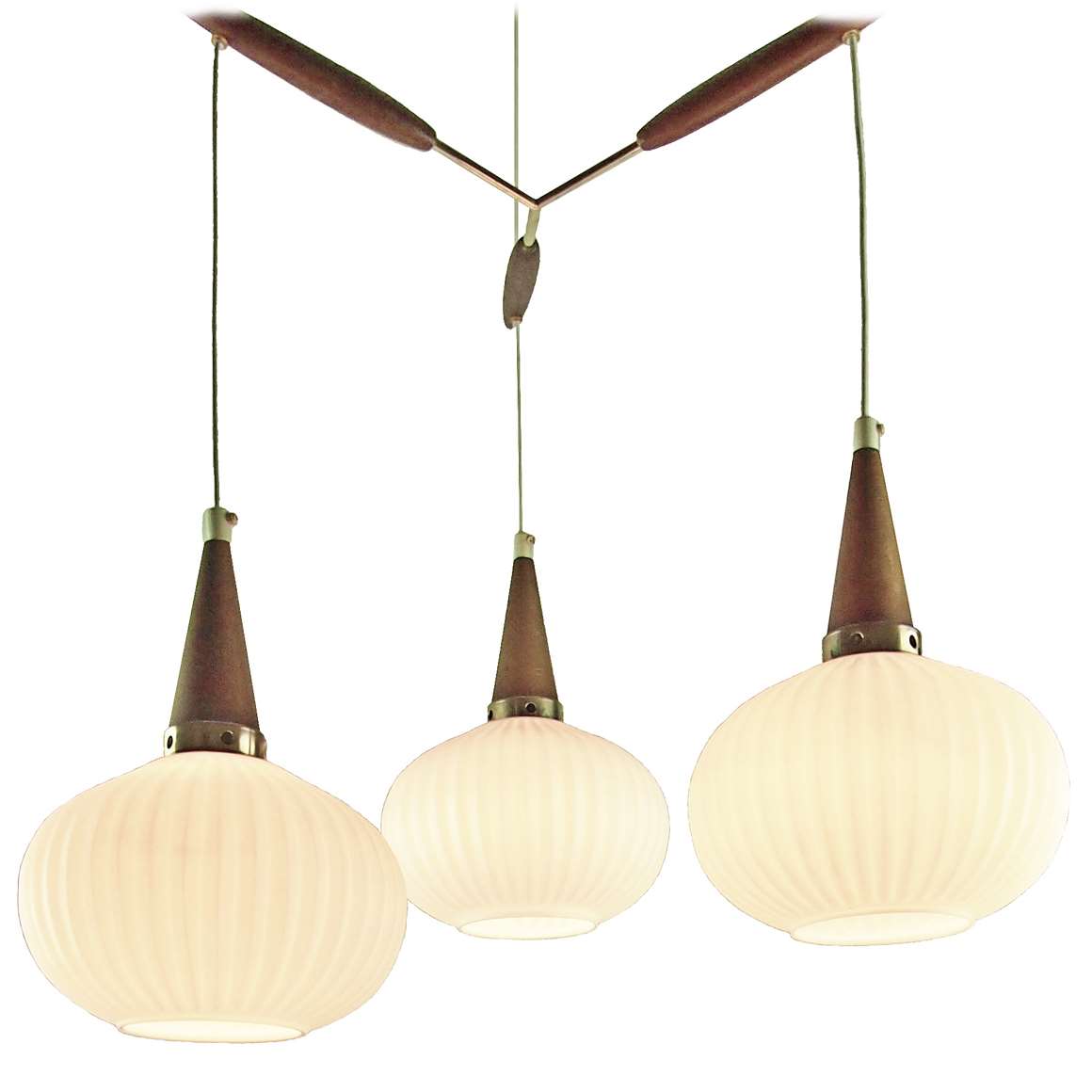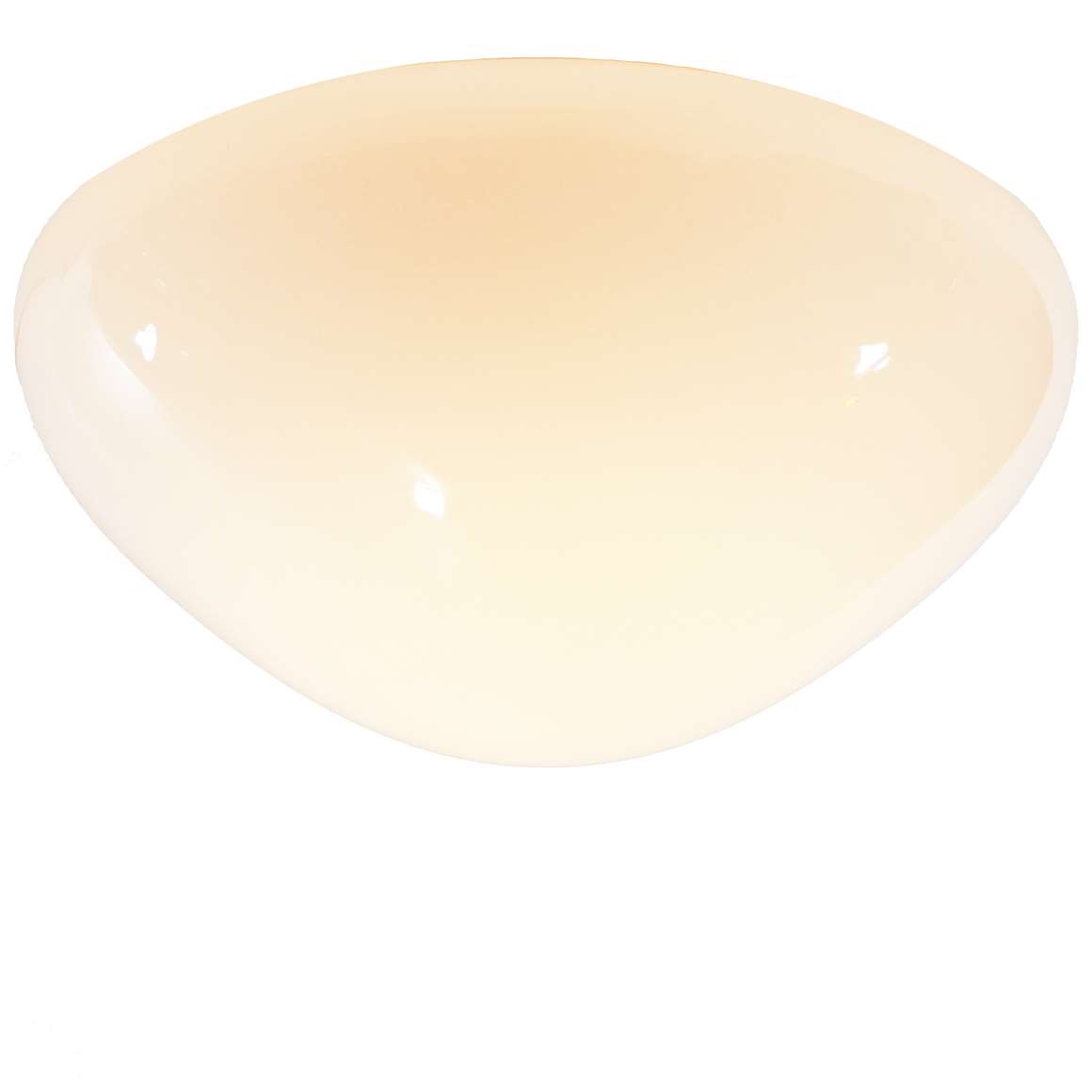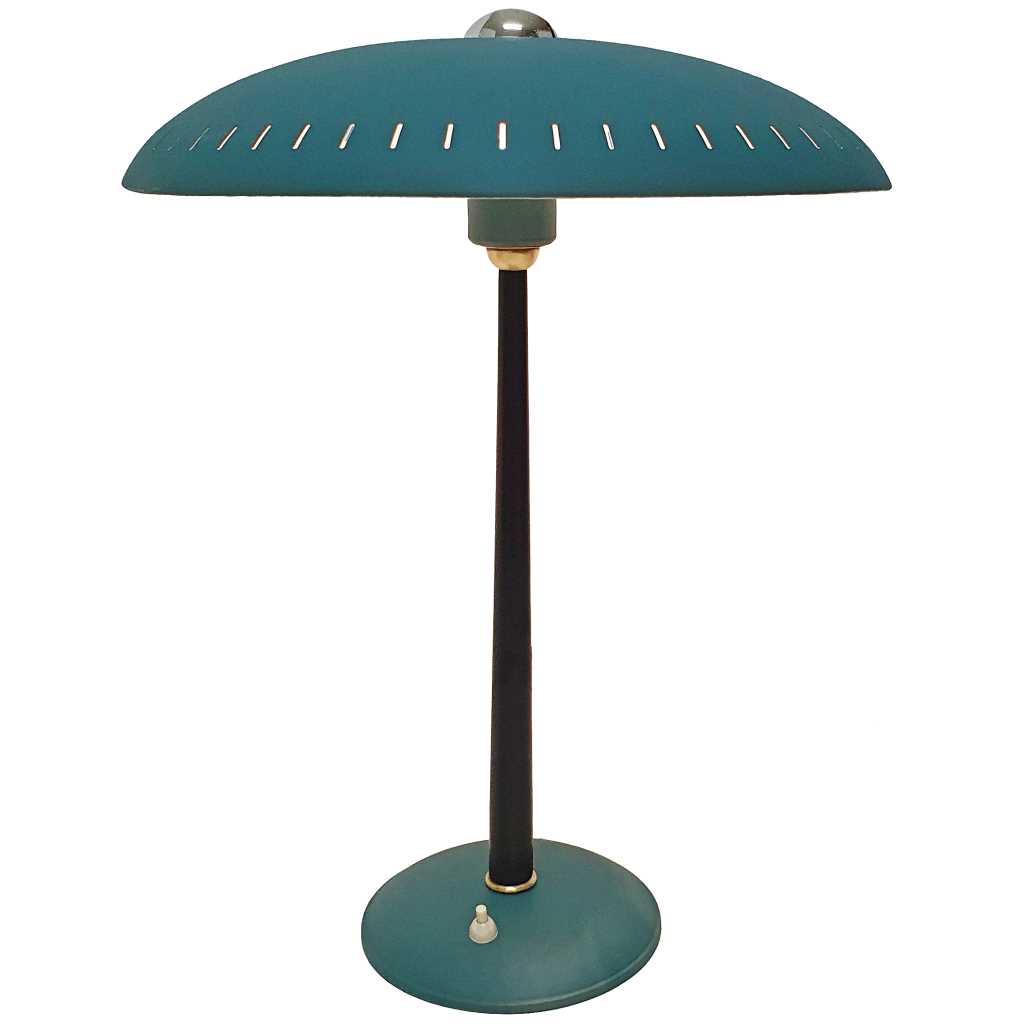Lamps In The Movies, TV and magazines
French singer Claude François (1939-1978), here in his magazine Podium in 1972 with the big version of the Philips Tahiti – Tobrouk table lamp. Claude François bought the magazine that year and made it a big success.
A Philips Tahiti table lamp appears in the French dramatic comedy film Deux Moi (Someone, Somewhere) from 2019. Starring François Civil, Ana Girardot and Camille Cottin.
A Philips Tahiti table lamp was used as a set decoration in the 1998 French crime drama film Place Vendôme. Starring Catherine Deneuve, Jean-Pierre Bacri and Emmanuelle Seigner.
Philips Tahiti table lamp spotted on the Puces du Design fair in Paris, April 2018
Tahiti – Tobrouk
On the left below a label spotted on a lamp in Germany. It is this exactly the same lamp. So in Germany it was named Tahiti.
On the right the label of the PL version of the Philips Tobrouk table lamp.
The Tahiti lamp is the German name of the Tobrouk lamp. In all probability they changed the name because Tobruk is a city in Libya were during World War II several battles were fought. The lamp here on display was acquired in Germany, so it is a Tahiti lamp.
And to make the confusion complete. Another table lamp is always named Tahiti, a similar lamp also completely made of glass. But it is not a Philips lamp. It is a lamp made by Massive from Belgium. The lamp has got no name. Sometimes you find it with a Massive label, never with a Philips label. It is a design by Herwig and Frank Sterckx. You can find the so called Tahiti over here.
Many thanks to Ger for the pictures.
Many thanks to Fred for the enlightening information.
Philips Tahiti Table Lamp
Materials: Tubular clear orange glass base with a globe on top, white opal layer inside (incamiciato). Brass rod & nuts. White plastic ornamental screw and cap. Bakelite E27 socket.
Height: 27 cm / 10.62”
Width: ∅ 17,5 cm / 6.88”
Base: ∅ 10,5 cm – 4.13”
Electricity: 1 bulb E27, 1 x 100 watt maximum, 110/220 volt.
Anytypeof light bulb canbeused, but preferably a small white or frosted one.
Period: 1960s, 1970s, 1980s – Mid-Century Modern.
Designer: Jean-Paul Emonds-Alt.
Manufacturer: Philips, Turnhout, Leuven, Belgium.
Other versions: This Philips Tahiti table lamp exists in several colours and 2 sizes (38 cm / 14.96”). It was also made with a PL fluorescent 11 watt light bulb, as you can see. The PL is a version made in the late 70s, early 80s.
This first edition of this Philips Tahiti table lamp, the small size with 1 light point, has a switch with 3 positions and a special fitting like the one of the President desk lamp. The incandescent bulb used had 3 filaments, one of 40, 60 & 100 watt, as you can read on the label, below.These light bulbs are no longer in production, unfortunately.
At least the PL-version was also sold by the German Zumtobel company.
Jean-Paul Emonds-Alt
Jean-Paul Emonds-Alt was a Belgian designer, sculptor, and painter born in Etterbeek near Brussels in 1928. He passed away on 13 August 2014 at the age of 86. Emonds-Alt studied sculpture at the National School of Architecture and Decorative Arts (Ter Kameren – La Cambre) in Brussels, in the studio of Oscar Jespers, of which he later became assistant.
From 1964 onward he devoted himself mainly to design, focusing on the shape of industrial products such as this table lamp he designed for Philips. He has been repeatedly honoured for his work.
Emonds-Alt also designed the logo for the Brussels Metro in 1976.
Tobrouk
Tobrouk (Tobruk) is a port city on Libya ‘s eastern Mediterranean coast, near the border of Egypt. A strategic place were famous battles between the Nazi’s and the Allies took place. A movie was made about it in 1967, starring Rock Hudson and George Peppard. Maybe the name of this table lamp is based on this well known film.
Koninklijke Philips N.V.
Inspired by the fast-growing electricity industry and by the promising results of Gerard Philips’ own experiments with reliable carbon filaments, his father, the Jewish banker Frederik Philips from Zaltbommel, financed the purchase of a small factory in Eindhoven, the Netherlands, on 15 May 1891.
The first years were difficult and the company was close to bankruptcy, but in 1895 Gerard’s younger brother Anton Philips joined the firm. With Anton’s commercial drive the family business expanded very quickly and the Philips brothers turned the lamp factory into the basis of what would become a major international electronics company.
To secure the supply of lamp parts, Philips very early started to make things in-house: its own machines, its own glass (from 1916) and even its own gas separation to fill lamps with argon, so it was less dependent on German suppliers during wartime. This strong vertical integration became typical for Philips and later also supported radio and medical products.
From the 1920s onward Philips did not only make lamps but also radios and even ran its own shortwave stations (PCJ and PHOHI) to promote them worldwide – an early mix of product and broadcasting.
In later sources the “first Philips shaver” is sometimes put in the early 1930s, but Philips itself dates the electric Philishave to 1939; in any case it shows how the company moved from lighting into small household and personal devices.
On 9 May 1940, the day before the German invasion, the Philips family left for the United States with a large part of the company’s capital. From there they continued operations as the North American Philips Company and kept control over the group during the war. After 1945 the headquarters returned to the Netherlands, again in Eindhoven.
After the war Philips became a broad technology group: radios, televisions, X-ray and medical equipment, and of course lighting, which remained one of its core businesses for decades. Only much later, in 2016, the lighting activities were split off and continued under the name Signify – all vintage Philips luminaires on this site belong to the period when lighting was still an integral part of Philips.
Today Philips is mainly a health-technology company. The roots are still in Eindhoven, but since 2025 the head office is in Amsterdam (Prinses Irenestraat 59).
Links (external links open in a new window)
Jean-Paul Emonds-Alt – Wikipedia (French or Dutch – 2018)
The Brussels Metro logo – Wikipedia
The complete history of the Philips company on their website
The Evoluon building – Wikipedia
Website of the Philips Museum in Eindhoven
Claude François – Podium Magazine – Google images
Claude François – Podium Magazine, TV documentary on France 3
Deux Moi (2019) film – Wikipedia
Place Vendôme (1998) film – Wikipedia
Place Vendôme (1998) IMDb – Wikipedia
Vintageinfo
Tobrouk table lamp – White version of this one.
